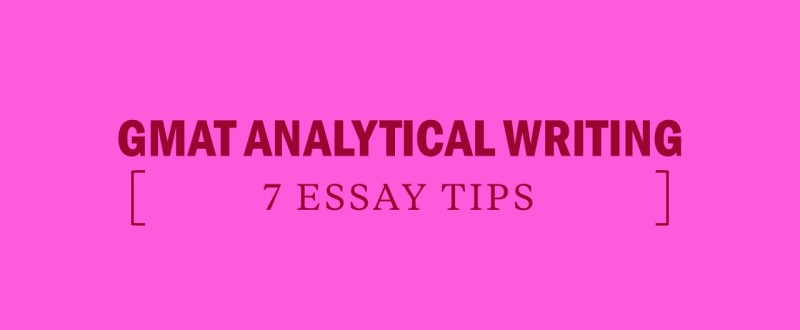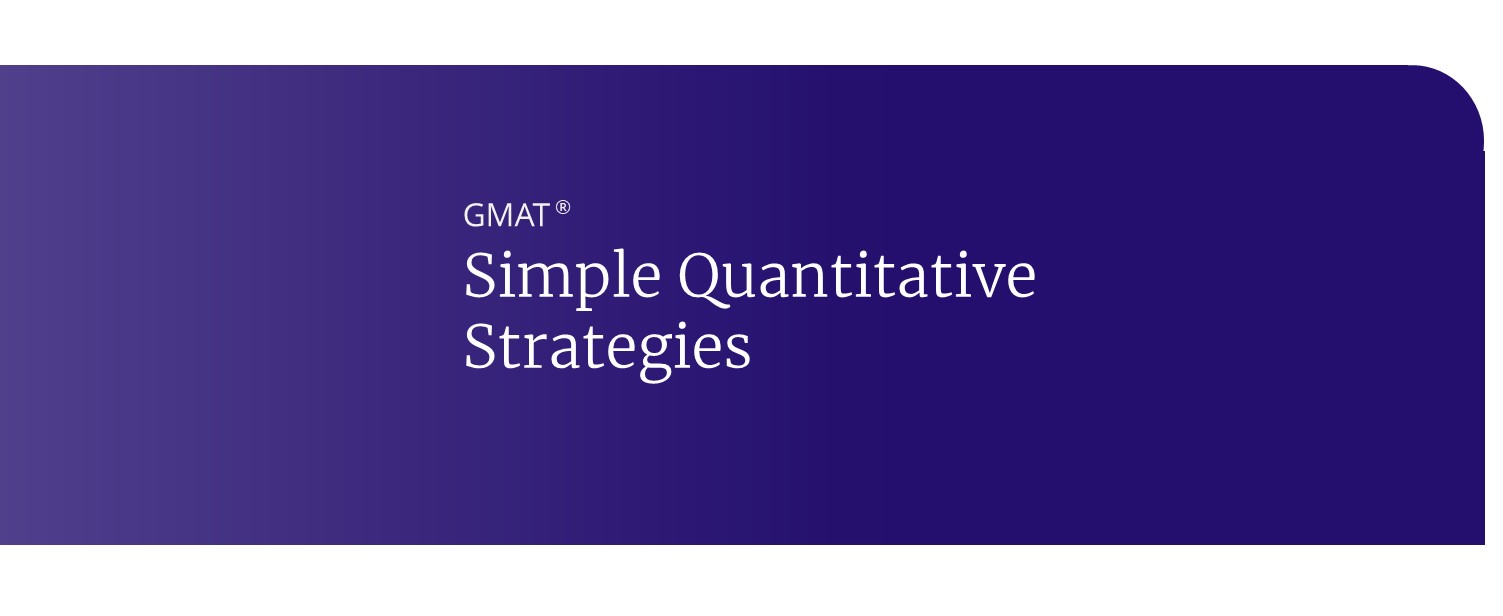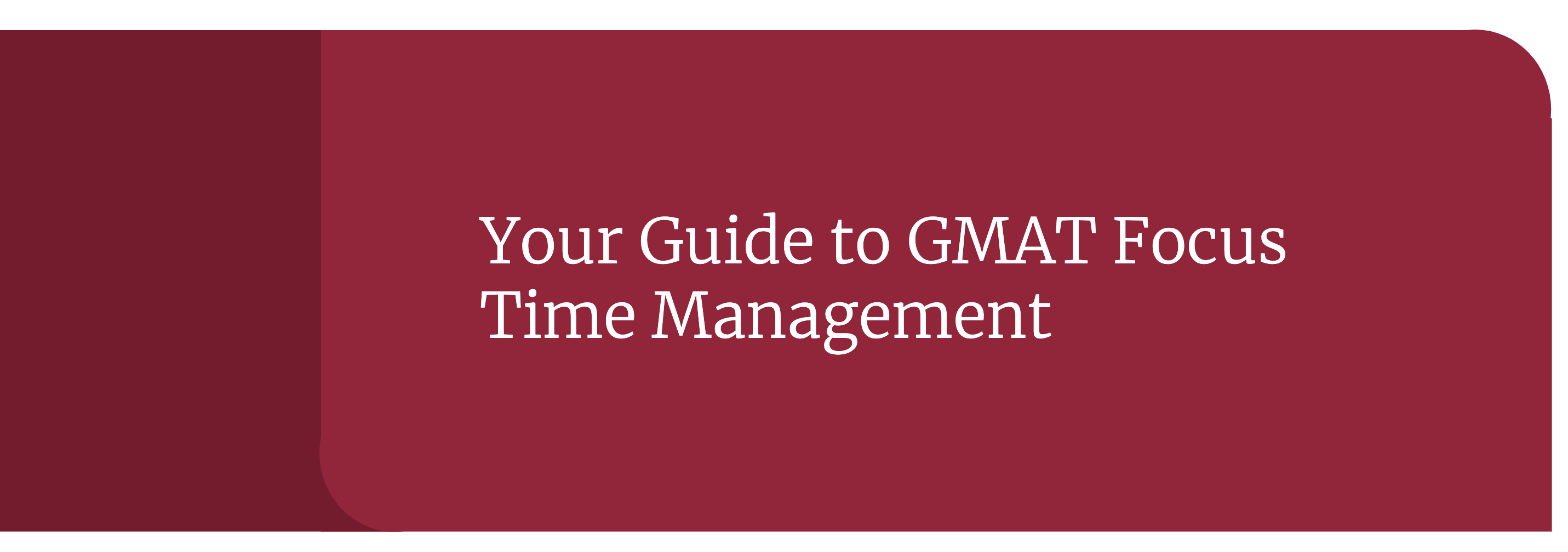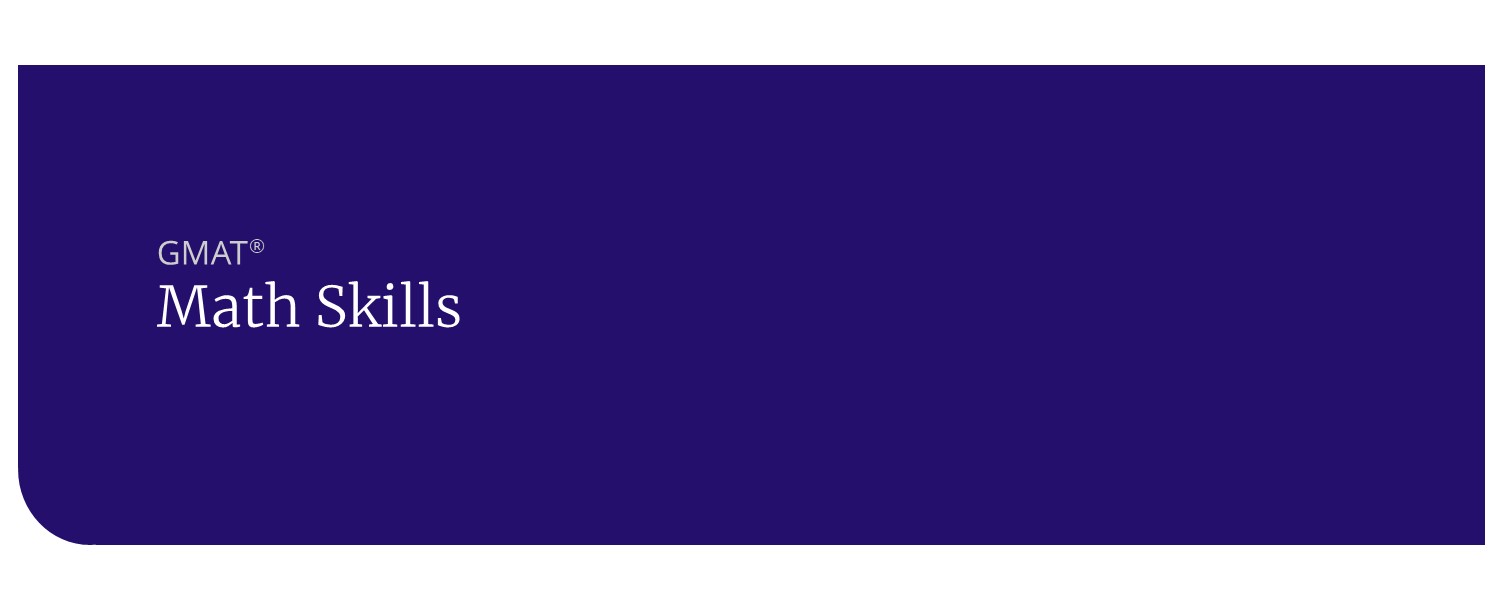7 Essay Tips for GMAT Analytical Writing
The GMAT Analytical Writing Assessment (AWA) provides clear instructions on how you should plan and write your essay. Kaplan students learn these instructions long before Test Day and do not waste precious testing time reading them while the clock ticks.
Kaplan GMAT students learn the Kaplan Method for AWA and the Kaplan template for structuring the essay into paragraphs. These tips accompany those lessons and help make the AWA task make sense.
Jennifer Mathews Land has taught for Kaplan since 2009. She prepares students to take the GMAT, GRE, ACT, and SAT and was named Kaplan’s Alabama-Mississippi Teacher of the Year in 2010. Prior to joining Kaplan, she worked as a grad assistant in a university archives, a copy editor for medical web sites, and a dancing dinosaur at children’s parties. Jennifer holds a PhD and a master’s in library and information studies (MLIS) from the University of Alabama, and an AB in English from Wellesley College. When she isn’t teaching, she enjoys watching Alabama football and herding cats.





